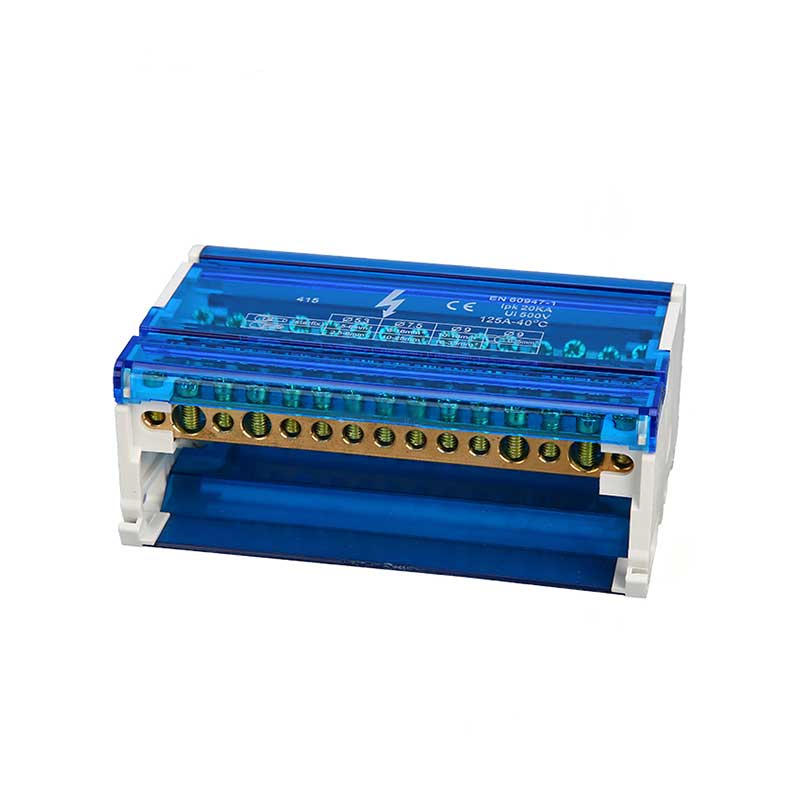Key features and functions of a terminal box
2024-04-10
A terminal box, also known as a connection box or terminal enclosure, is a protective housing used to house and protect electrical connections, terminations, and components. These boxes are essential components in electrical systems, providing a safe and organized environment for connecting electrical conductors while safeguarding them from environmental elements and preventing accidental contact.
Here are the key features and functions of a terminal box:
1. Enclosure: Terminal boxes are typically constructed of durable materials such as metal (e.g., steel, stainless steel, aluminum) or plastic (e.g., polycarbonate, ABS) to provide protection against physical damage, moisture, dust, and other environmental hazards. The enclosure shields electrical connections from external factors and ensures safety.
2. Termination Points: Inside the terminal box, there are terminal points or terminals where electrical conductors (wires or cables) are connected together or terminated. These terminals can be screw terminals, push-in terminals, spring-loaded terminals, or other types, depending on the specific design and application requirements.
3. Cable Entry Points: Terminal boxes have openings or knockouts to allow electrical cables to enter the box. These cable entry points are equipped with cable glands, grommets, or other sealing devices to provide strain relief and maintain the ingress protection rating of the enclosure. Cable glands may be adjustable to accommodate different cable sizes.
4. Splicing and Branching: Terminal boxes facilitate the splicing or branching of electrical circuits, allowing multiple conductors to be connected together or split into separate circuits. This enables the distribution of power to various devices or loads within a building or electrical system.
5. Grounding: Terminal boxes typically include provisions for grounding conductors to ensure electrical safety and compliance with building codes and standards. Grounding terminals or grounding screws are provided to connect grounding conductors to the metal enclosure of the terminal box, thereby dissipating electrical faults safely.
6. Cover: The terminal box is equipped with a removable cover or lid that provides access to the interior for installation, maintenance, or troubleshooting purposes. The cover is securely fastened in place to prevent unauthorized access and protect the electrical connections from tampering or damage.
7. Size and Capacity: Terminal boxes come in various sizes and configurations to accommodate different numbers and sizes of conductors, as well as the specific requirements of the application. Larger terminal boxes may have multiple compartments or sections to organize and separate wiring effectively.
8. Certifications and Compliance: It's crucial to ensure that terminal boxes meet relevant safety and performance standards, such as UL (Underwriters Laboratories), CSA (Canadian Standards Association), or NEMA (National Electrical Manufacturers Association) ratings, depending on the intended use and location.
Terminal boxes are commonly used in a wide range of industries and applications, including industrial automation, machinery, control systems, HVAC (Heating, Ventilation, and Air Conditioning), telecommunications, and transportation. They provide a centralized and secure location for electrical connections, contributing to the safety, reliability, and longevity of electrical installations.



